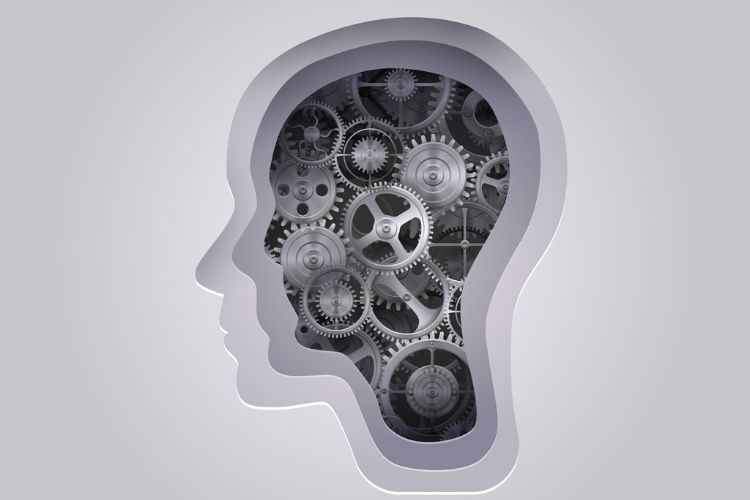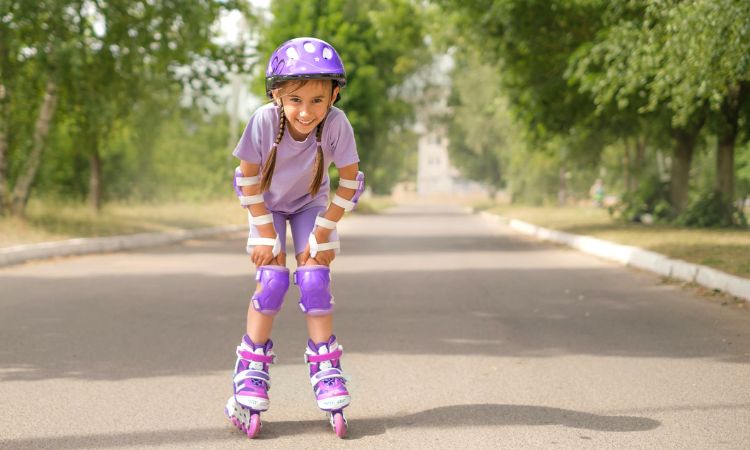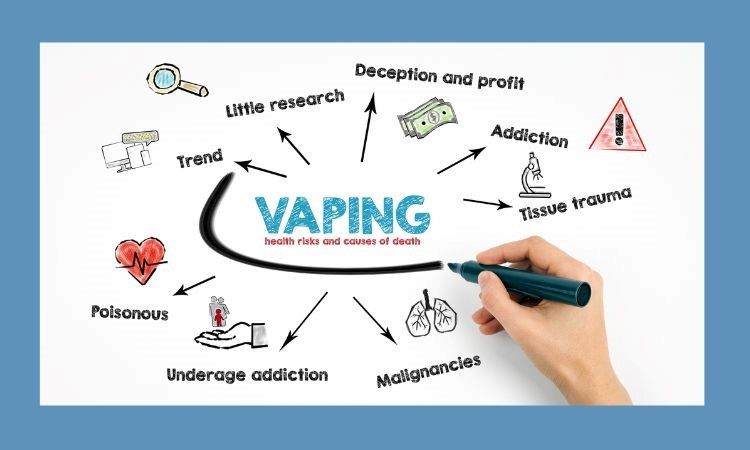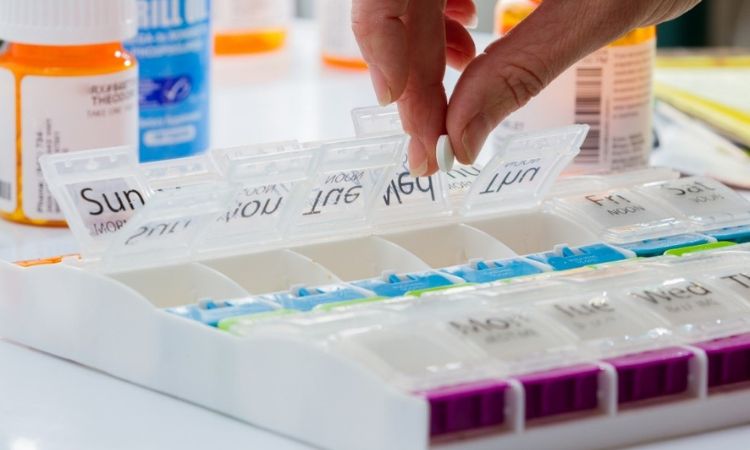Athlete Recovery Techniques: How to Stay at Peak Performance Levels
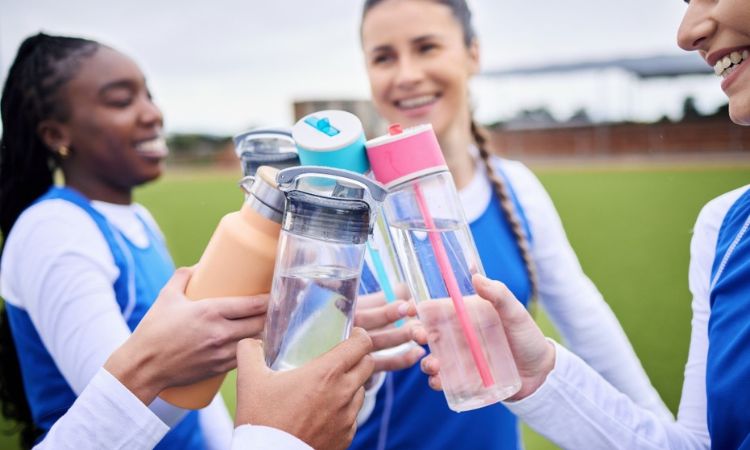

As athletes and parents of athletes, you understand the importance of training, practicing, and competing. But what about Recovery? Your body experiences physical stress, inflammation, and muscle damage during exercise. Often, this isn’t prioritized or is completely ignored, leading to fatigue, decreased performance, or increased risk of injury. In this blog, we’ll explore athlete recovery techniques to help you maintain your health and active lifestyle.
5 Simple Techniques for Athlete Recovery
1. Stretching and Foam Rolling
Use static stretching and foam rolling to reduce muscle tension and improve circulation.
2. Nutrition and Hydration
Fuel your body with a balanced protein, complex carbohydrates, and healthy fats diet. Stay hydrated by drinking plenty of water throughout the day.
3. Rest and Sleep
Allow your body time to rest and recover with adequate sleep (7-9 hours for adults, 8-10 hours for adolescents, and 9-12 hours for ages 6-12). Studies have shown that lack of sleep can delay muscle recovery.

4. Massage
Getting regular massage treatments can alleviate post-workout pain from DOMS (delayed onset muscle soreness), which can delay recovery. Massages boost circulation, delivering oxygen and nutrients to sore areas, reducing pain, and speeding up muscle repair.
5. Compression Garments and Ice Baths
Wearing compression garments or jumping in a cold shower or ice bath will help reduce inflammation and improve circulation after working out.
When Does an Injury Become a Concern?
Athletes run the risk of injury; that’s a given. Many are familiar with issues ranging from cramping, bruises, and sprained ankles to the possibility of something more severe. Hopefully, the injuries are mild enough to address and monitor from home. However, when the injury seems more than you can manage or tolerate, schedule an appointment with a healthcare provider such as Harmony Healthcare Long Island.
If you experience any of the following symptoms during or after exercise or sports, you need to contact your doctor or seek immediate medical attention:
- Sudden severe pain or numbness
- Increased swelling or redness
- Difficulty moving or walking
- Shortness of breath
- Dizziness or lightheadedness
- Concussion symptoms
- Chest pain
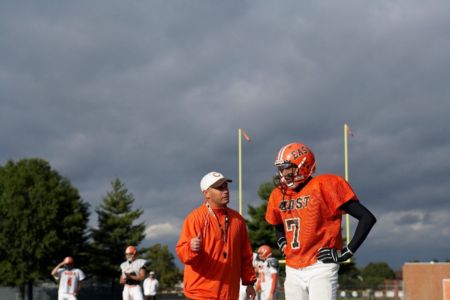
Physical Activity Can be Mentally Exhausting, Too
You need to know when you or your child needs a mental break from the grind of practices, remembering plays, and preparing for competition. Commitment to team sports and other athletic goals can be taxing. It’s beneficial to step back and speak with your child to ensure they are still enjoying themselves or to assess your satisfaction with competing or training for something. You need to ensure that there is a balance of hard work and fun while working toward a goal. You can always contact a mental health professional for help in this area.
Take Care of Your Body, and it Will Take Care of You
Recovery is a critical component for any athlete. By prioritizing these athlete recovery techniques, you can maintain your overall health and continue pursuing all your athletic interests and goals. Remember to listen to your body’s signals and consult your healthcare provider whenever you’re in doubt.





